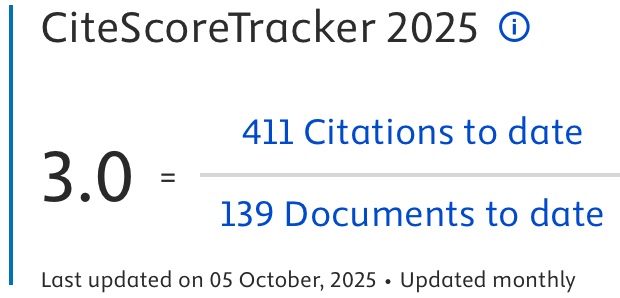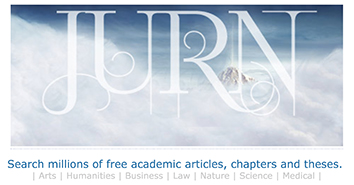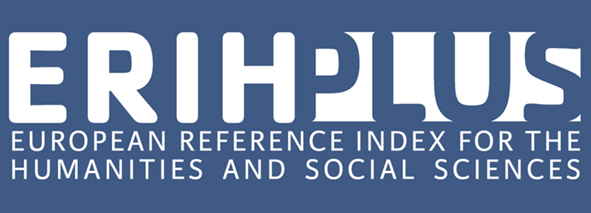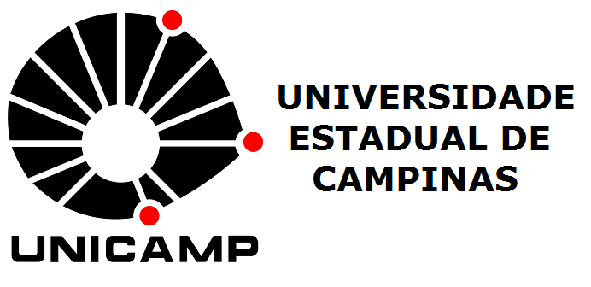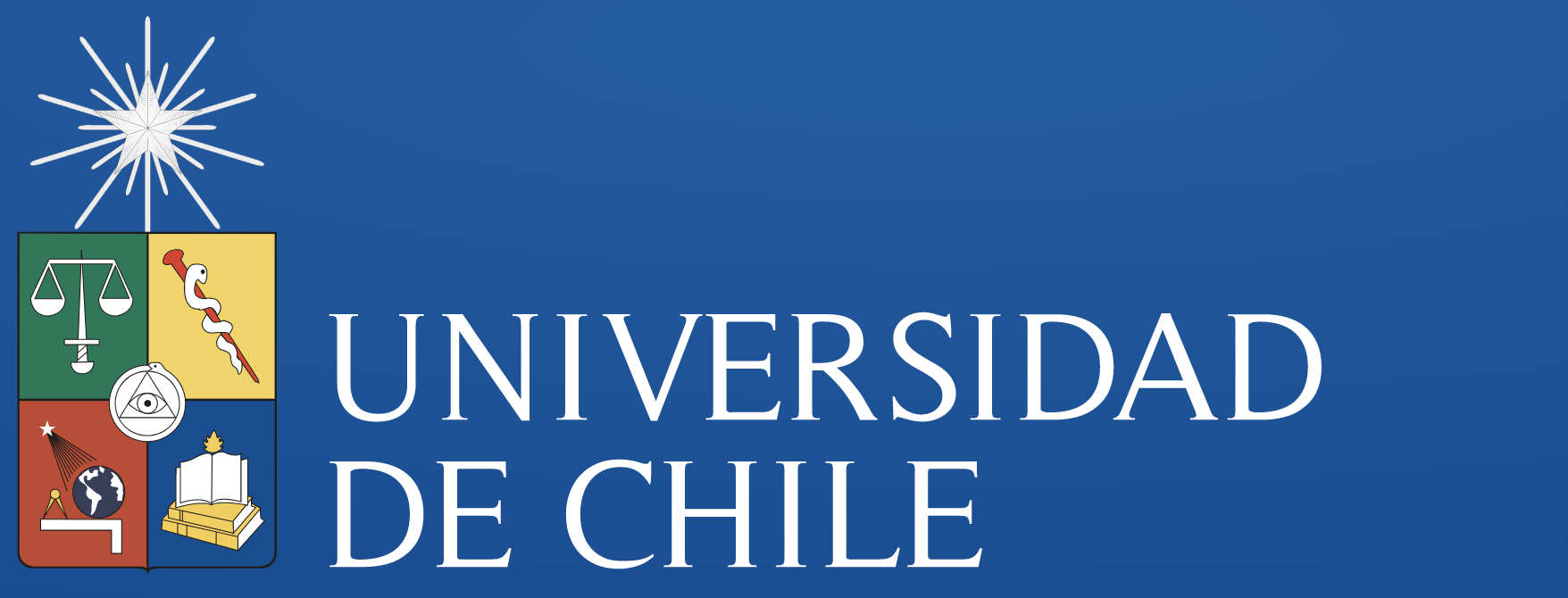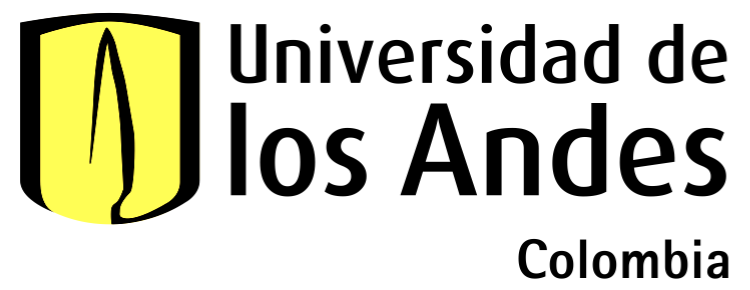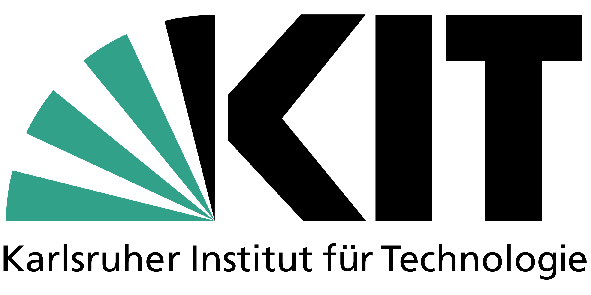Digital temporality – The responsibility of Interaction Design in digital alienation
DOI:
https://doi.org/10.69143/2464-9309/17232025Keywords:
interaction design, digital well-being, temporality, brain decay, digital alienationAbstract
The temporality of digital ecosystems has redefined the way we perceive and organise time, favouring efficiency and productivity. Designed for constant accessibility, digital technologies disrupt natural human rhythms, creating an uninhabitable sense of time shaped by ‘temporal techno-performances’, frenzied gestures and accelerated rhythms that significantly affect psychological well-being. This disruption has led to the emergence of ‘digital well-being’ as a critical aspect of mental health’. Interaction Design, as an interpreter of the relationship between humans and digital, has a responsibility to address these dynamics, rethinking design as an ethical and time-conscious practice. This paper proposes a critical design and social sciences literature review to assess how Interaction Design practices influence or can mitigate temporal alienation.
Article info
Received: 15/03/2025; Revised: 24/04/2025; Accepted: 03/05/2025
Downloads
Article Metrics Graph
References
Agre, P. E. (2001), “Welcome to the always-on world”, in IEEE Spectrum, vol. 38, issue 1, pp. 10-13. [Online] Available at: doi.org/10.1109/6.901159 [Accessed 27 April 2025].
Al-Mansoori, R. S., Al-Thani, D. and Ali, R. (2023), “Designing for digital wellbeing – From theory to practice a scoping review”, in Human Behavior and Emerging Technologies, vol. 2023, issue 1, article 9924029, pp. 1-24. [Online] Available at: doi.org/10.1155/2023/9924029 [Accessed 27 April 2025].
Baron, N. S. (2010), Always on – Language in an online and mobile world, Oxford University Press, Oxford.
Bolter, J. D. (1984), Turing’s man – Western culture in the computer age, University of North Carolina Press, Chapel Hill.
Brubaker, R. (2020), “Digital hyperconnectivity and the self”, in Theory and Society | An Interdisciplinary Social Science Journal, vol. 49, pp. 771-801. [Online] Available at: doi.org/10.1007/s11186-020-09405-1 [Accessed 27 April 2025].
Castells, M. (1996), The rise of the network society, Blackwell, Cambridge, MA.
Cerretani, P. (2012), “Tempo e comunicazione”, in Arecco, F. (ed.), Tempo al tempo – Riflessione corale sul concetto di tempo, Mimesis, Milano, pp. 415-418. [Online] Available at: mimesisedizioni.it/download/12507/7b519f6781f2/tempo-al-tempo.pdf [Accessed 27 April 2025].
Coeckelbergh, M. (2022), Digital technologies, temporality, and the politics of co-existence, Palgrave Macmillan, Cham. [Online] Available at: doi.org/10.1007/978-3-031-17982-2 [Accessed 27 April 2025].
Eriksen, T. H. (2001), Tyranny of the moment – Fast and slow time in the information age, Pluto Press, London.
Fabbri, M. (2020), “Preadolescenti onlife – Educare alla cittadinanza digitale”, in MeTis | Mondi educativi – Temi, Indagini, Suggestioni, vol. 10, issue 1, pp. 139-161. [Online] Available at: doi.org/10.30557/MT00116 [Accessed 27 April 2025].
Firth, J. A., Torous, J. and Firth, J. (2020), “Exploring the impact of internet use on memory and attention processes”, in International Journal of Environmental Research and Public Health, vol. 17, issue 24, article 9481, pp. 1-12. [Online] Available at: doi.org/10.3390/ijerph17249481 [Accessed 27 April 2025].
Floridi, L. (2015), The Onlife Manifesto – Being human in a hyperconnected era, Springer, Cham. [Online] Available at: doi.org/10.1007/978-3-319-04093-6 [Accessed 27 April 2025].
Fuchsberger, V., Murer, M. and Tscheligi, M. (2015), “Time and design – seven sensitivities”, in Verplank, B. and Ju, W. (eds), TEI 2015 – Proceedings of the Ninth International Conference on Tangible, Embedded, and Embodied Interaction, Stanford, California, January 15-19, 2025, Association for Computing Machinery, New York, pp. 581-586. [Online] Available at: doi.org/10.1145/2677199.2687911 [Accessed 27 April 2025].
Hallnäs, L. and Redström, J. (2001), “Slow technology – Designing for reflection”, in Personal and Ubiquitous Computing, vol. 5, pp. 201-212. [Online] Available at: doi.org/10.1007/PL00000019 [Accessed 27 April 2025].
Han, B.-C. (2022), Le non cose – Come abbiamo smesso di vivere il reale, Einaudi, Torino.
Hendon, Z. and Massey, A. (eds) (2019), Design, history and time – New temporalities in a digital age, Bloomsbury Publishing, London.
Henrich, J. (2022), WEIRD – La mentalità occidentale e il futuro del mondo, Il Saggiatore, Milano.
Hesselberth, P. (2017), “Discourses on disconnectivity and the right to disconnect”, in New Media and Society, vol. 20, issue 5, pp. 1994-2010. [Online] Available at: doi.org/10.1177/1461444817711449 [Accessed 27 April 2025].
Khan, A. H., Heiner, S. and Matthews, B. (2019), “Disconnect – A proposal for reclaiming control in HCI”, in Brewster, S. and Fitzpatrick, G. (eds), CHI’19 Extended abstracts of the 2019 CHI Conference on Human Factors in Computing Systems, Glasgow, Scotland, May 4-9, 2019, Association for Computing Machinery, New York, article LBW1319, pp. 1-6. [Online] Available at: doi.org/10.1145/3290607.3313048 [Accessed 27 April 2025].
Kitchin, R. (2023), Digital Timescapes – Technology, temporality and society, Polity Press, Cambridge.
Kubler, G. (1962), The shape of time – Remarks on the history of things, Yale University Press, New Haven. [Online] Available at: monoskop.org/ images/8/87/Kubler_George_The_Shape_of_Time_Remarks_on_the_ History_of_Things.pdf [Accessed 27 April 2025].
Lee, J. and Zarnic, Z. (2024), The impact of digital technologies on well-being – Main insights from the literature. [Online] Available at: oecd.org/content/dam/oecd/en/publications/reports/2024/11/the-impact-of-digital-technologies-on-well-being_848e9736/cb173652-en.pdf [Accessed 27 April 2025].
Lyngs, U., Lukoff, K., Csuka, L., Slovák, P., Van Kleek, M. and Shadbolt, N. (2022), “The Goldilocks level of support – Using user reviews, ratings, and installation numbers to investigate digital self-control tools”, in International Journal of Human-Computer Studies, vol. 166, article 102869, pp. 1-13. [Online] Available at: doi.org/10.1016/j.ijhcs.2022.102869 [Accessed 27 April 2025].
Mazé, R. (2007), Occupying time – Design, technology, and the form of interaction, Doctoral Dissertation Series, no 2016/16, Malmö University – Blekinge Institute of Technology, Axl Books, Stockholm. [Online] Available at: diva-portal.org/smash/get/diva2:836366/FULLTEXT01.pdf [Accessed 27 April 2025].
McLuhan, M. (1964), Understanding media – The extensions of man, McGraw-Hill, New York. [Online] Available at: designopendata.wordpress.com/wp-content/uploads/2014/05/understanding-media-mcluhan.pdf [Accessed 27 April 2025].
Mirbabaie, M., Stieglitz, S. and Marx, J. (2022), “Digital detox”, in Business and Information Systems Engineering, vol. 64, issue 2, pp. 239-246. [Online] Available at: doi.org/10.1007/s12599-022-00747-x [Accessed 27 April 2025].
Newport Institute (2024), Brain rot – The impact on young adult mental health. [Online] Available at: newportinstitute.com/resources/co-occurring-disorders/brain-rot/ [Accessed 27 April 2025].
Nguyen, N. (2020), “Doomscrolling – Why we just can’t look away – Primal instincts often drive our obsession with stressful news, and social-media platforms are designed to keep us hooked”, in The Wall Street Journal, 07/06/2020. [Online] Available at: wsj.com/articles/doomscrolling-why-we-just-cant-look-away-11591522200 [Accessed 27 April 2025].
Oxford University Press (2024), ‘Brain rot’ named Oxford Word of the Year 2024. [Online] Available at: corp.oup.com/news/brain-rot-named-oxford-word-of-the-year-2024/ [Accessed 27 April 2025].
Özpençe, A. İ. (2024), “Brain rot – Overconsumption of online content – An essay on the publicness of social media”, in Journal of Business Innovation and Governance, vol. 7, issue 2, pp. 48-60. [Online] Available at: doi.org/10.54472/jobig.1605072 [Accessed 27 April 2025].
Petridis, P., Stouraitis, E. and Patiniotis, M. (2022), “Many times – The perception of temporality in digital environments”, in Entanglements, vol. 5, issue 1/2, pp. 35-49. [Online] Available at: users.uoa.gr/~mpatin/Papers/Many%20times.pdf [Accessed 27 April 2025].
Pond, P. (2024), Digital media and the making of network temporality, Routledge, London.
Pschetz, L. and Bastian, M. (2018), “Temporal design – Rethinking time in design”, in Design Studies, vol. 56, pp. 169-184. [Online] Available at: doi.org/10.1016/j.destud.2017.10.007 [Accessed 27 April 2025].
Pschetz, L., Bastian, M. and Speed, C. (2016), “Temporal design – Looking at time as social coordination”, in Lloyd, P. and Bohemia, E. (eds), Proceedings of DRS2016 – Design + Research + Society – Future-Focused Thinking, Brighton, United Kingdom, June 27-30, 2016, Design Research Society, London, pp. 2109-2122. [Online] Available at: doi.org/10.21606/drs.2016.442 [Accessed 27 April 2025].
Rahm-Skågeby, J. and Rahm, L. (2021), “HCI and deep time – Toward deep time design thinking”, in Human-Computer Interaction, vol. 37, issue 1, pp. 15-28. [Online] Available at: doi.org/10.1080/07370024.2021.1902328 [Accessed 27 April 2025].
Schmuck, D. (2020), “Does digital detox work? Exploring the role of digital detox applications for problematic smartphone use and well-being of young adults using multigroup analysis”, in Cyberpsychology, Behavior, and Social Networking, vol. 23, issue 8, pp. 526-532. [Online] Available at: doi.org/10.1089/cyber.2019.0578 [Accessed 27 April 2025].
Stäheli, U. and Stoltenberg, L. (2022), “Digital detox tourism – Practices of analogisation”, in New Media and Society, vol. 26, issue 2, pp. 1056-1073. [Online] Available at: doi.org/10.1177/14614448211072808 [Accessed 27 April 2025].
Statista (2024), Number of internet users worldwide from 2005 to 2024. [Online] Available at: statista.com/statistics/273018/number-of-internet-users-worldwide/ [Accessed 27 April 2025].
UN – United Nations (2015), Transforming Our World – The 2030 Agenda for Sustainable Development, document A/RES/70/1. [Online] Available at: docs.un.org/en/A/RES/70/1 [Accessed 27 April 2025].
Vacanti, A. and Leonardi, C. (2024) “Tecnologia, energia e tempo – Percorsi sperimentali per il design di tecnologie appropriate | Technology, energy, and time – Experimental paths for the design of appropriate technology”, in Agathón | International Journal of Architecture, Art and Design, vol. 15, pp. 316-323. [Online] Available at: doi.org/10.19229/2464-9309/15262024 [Accessed 27 April 2025].
Virilio, P. (1997), Open sky, Verso, London.

Downloads
Published
How to Cite
Issue
Section
Categories
License
Copyright (c) 2025 Annapaola Vacanti, Michele De Chirico, Davide Crippa, Raffaella Fagnoni

This work is licensed under a Creative Commons Attribution 4.0 International License.
This Journal is published under Creative Commons Attribution Licence 4.0 (CC-BY).
License scheme | Legal code
This License allows anyone to:
Share: copy and redistribute the material in any medium or format.
Adapt: remix, transform, and build upon the material for any purpose, even commercially.
Under the following terms
Attribution: Users must give appropriate credit, provide a link to the license, and indicate if changes were made; users may do so in any reasonable manner, but not in any way that suggests the licensor endorses them or their use.
No additional restrictions: Users may not apply legal terms or technological measures that legally restrict others from doing anything the license permits.
Notices
Users do not have to comply with the license for elements of the material in the public domain or where your use is permitted by an applicable exception or limitation.
No warranties are given. The license may not give users all of the permissions necessary for their intended use. For example, other rights such as publicity, privacy, or moral rights may limit how you use the material.






